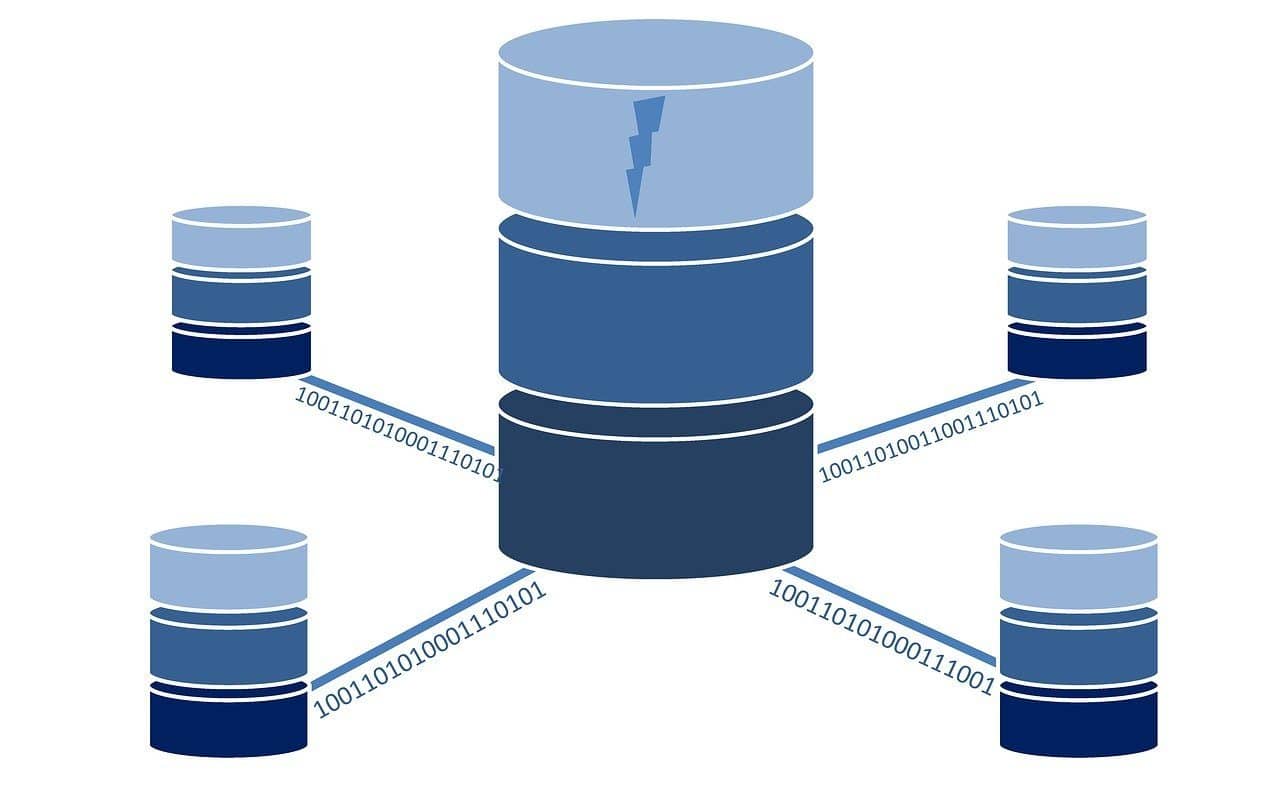
Microservices are small independent services that communicate with each other.
Microservices are a software development architecture in which an application is structured as a set of small, autonomous services that communicate with each other. Each microservice focuses on a specific functionality and can be developed, deployed and scaled independently. This architecture allows for greater flexibility, scalability , and maintainability compared to traditional monolithic applications.
Examples of microservices
Authentication microservice
Manages user login and permissions, ensuring that only authorized users ( authorization microservice ) can access certain functions or data. Example : A service that verifies user credentials and issues access tokens.
Analytics microservice
Perform data analysis to gain meaningful insights, such as user behavior or application performance. Example : A service that analyzes sales data to predict future trends ( Predictive Analytics Microservice ).
Inventory management microservice
Control and update the quantity of products available in inventory. Example : a service that reduces the number of units available when a sale is made and generates alerts when stock is low.
Payment microservice
Process financial transactions and manage different payment methods. Example: a service that integrates payment gateways such as PayPal or Stripe to manage online purchases.
Notification microservice
Send notifications to users through different channels such as email, SMS or push notifications. Example : a service that notifies users about the status of their orders or new promotions.
Search microservice
Provides advanced search capabilities to find products, articles, or any other content in an app. Example : A service that indexes products and allows users to search by specific keywords or filters.
Recommendation microservice
Offers personalized suggestions to users based on their past behavior or patterns of other similar users. Example : A service that recommends additional products based on the user's purchase history.
Order management microservice
Manage the entire lifecycle of an order, from creation to delivery. Example : A service that updates order status and coordinates with inventory and shipping services.
E-commerce microservice
Supports essential functions of an online store, including product management, shopping carts, and payment processing. Example : A service that integrates all the microservices needed to operate an efficient online store.
CRM Microservice (Customer Relationship Management)
Manages customer interactions and relationships, helping to improve customer satisfaction and loyalty. Example : A service that stores and analyzes customer data to provide personalized support and manage marketing campaigns.

For the processing and management of payment methods, there are payment microservices.
Basic principles
Decoupling
The separation of software components in such a way that each can function and evolve autonomously without being closely dependent on the others. In a microservices architecture, each is an independent module with a specific responsibility. This separation allows teams to develop, deploy, and scale services individually, improving flexibility and making it easier to maintain and update the system. Decoupling also reduces the risk of cascading failures, since a problem in one microservice does not directly affect the others.
Independent services
Each service operates as an autonomous unit with its own logic, data and business rules ; one database is used per service. They communicate with each other through well-defined interfaces, typically using lightweight protocols such as HTTP/REST or asynchronous messaging. The independence of the services allows different teams to work in parallel, using different technologies and programming languages as necessary. This streamlines the development and deployment of new functionality, and allows each service to scale individually based on your specific demand.

Each microservice has its own database.
Technologies
The following technologies are fundamental to the development and management of microservices architectures, providing tools and methods to efficiently deploy, scale , and secure applications.
Containers
A technology that allows an application and its dependencies to be packaged in an isolated and portable environment.
Docker is a popular platform for creating, deploying, and running containers, facilitating consistency between development, test, and production environments.
Kubernetes is a container orchestration system that automates the deployment, scaling, and management of containerized applications. It organizes containers into groups called pods and provides tools for efficient resource management and high availability.
Container Orchestration
Automated container management, including deployment, scaling, monitoring and networking . Kubernetes is the most prominent technology in this area. It allows developers to define how containerized applications should behave, manage load balancing, perform zero-downtime deployments, and ensure automatic recovery from failures. This makes it easier to manage complex applications composed of multiple microservices.
RESTful API
A RESTful API (Application Programming Interface) is an architectural style for communication between services in a microservices architecture. It uses HTTP to perform CRUD (Create, Read, Update, Delete) operations and follows principles such as separation between client and server, utilization of well-defined resources, and stateless communication.
API Gateway
It acts as a unified entry point for requests that are directed to multiple microservices. It manages the routing of requests to the appropriate services, handles authentication, authorization, load balancing and data aggregation. This approach simplifies customer interaction with microservices and allows security and monitoring policies to be applied centrally.
